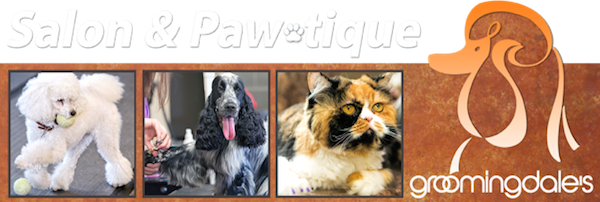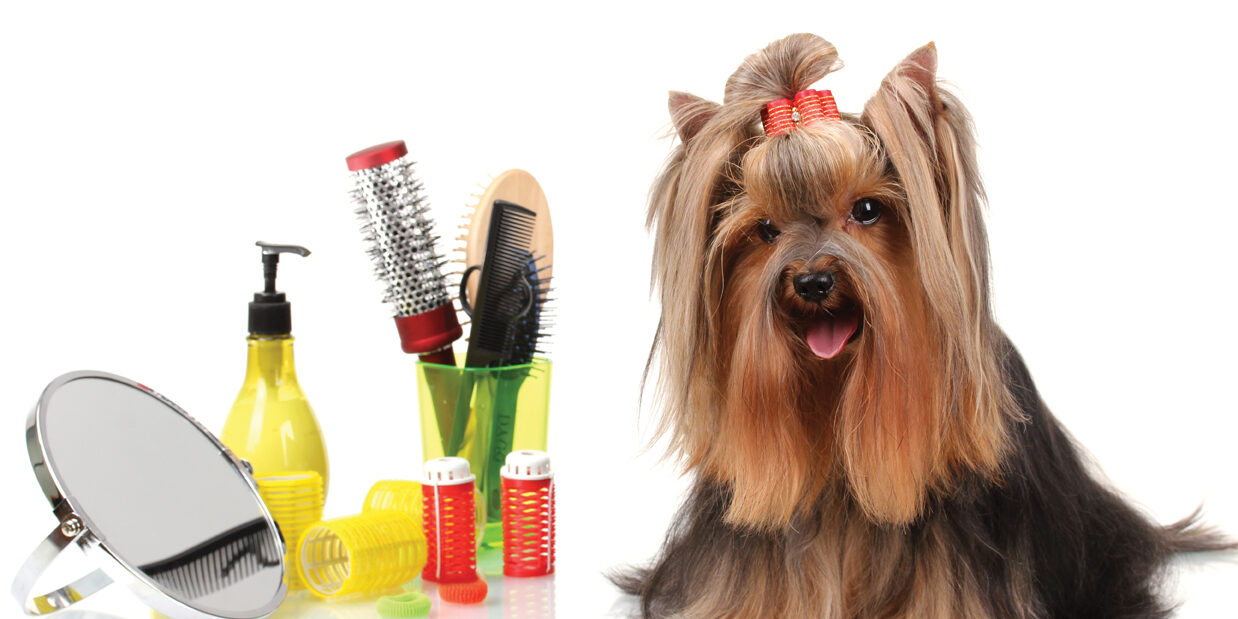Dog teeth do require some regular maintenance. In fact, it’s important, for a dog’s long-term dental health, to have his or her teeth cleaned routinely. No, you don’t need to keep to the same human-type rigorous routine of twice-daily brushings and once-daily flossing, but you do need to keep to some type of regular schedule; a regular schedule will ensure that you, the dog’s owner, will keep to a routine. But the routine isn’t just for you; dogs perform very well, behaviorally, with a routine. And your dog will likely need to become accustomed to having his or her teeth cleaned. So, when you do the cleaning, you should make sure you perform it the same way each and every time—the dog should come to know what to expect from the process. Remember, most dogs don’t do well with surprises, or sudden changes in routine.
How to Brush Your Dog’s Teeth
First of all, know that it’s easier to begin the process of tooth maintenance when a dog is a puppy; it’s easier to introduce a puppy to a new situation, and have the puppy feeling comfortable with the process, than it is with an older dog. But that isn’t to say an older dog can’t be taught. To begin the process, introduce the dog to the toothbrush or rag you intend to use—don’t allow him or her to chew on the toothbrush or rag. Then, to start the cleaning, gently rub his or her teeth with the toothbrush or rag. Scrub the toothbrush or rage in a circular motion over the surfaces of his or her teeth. During the first few brushing it’s easier to do it without toothpaste; the taste of toothpaste can come as a surprise to the dog. When the dog is introduced to the process, then add the toothpaste—the toothpaste should be formulated for dogs only, and don’t brush his or her teeth with a people-type toothpaste.
Tooth maintenance, like all other types of hands-on maintenance, does require some level of obedience; having control over your dog is vitally important to doing an easy and quality job.






